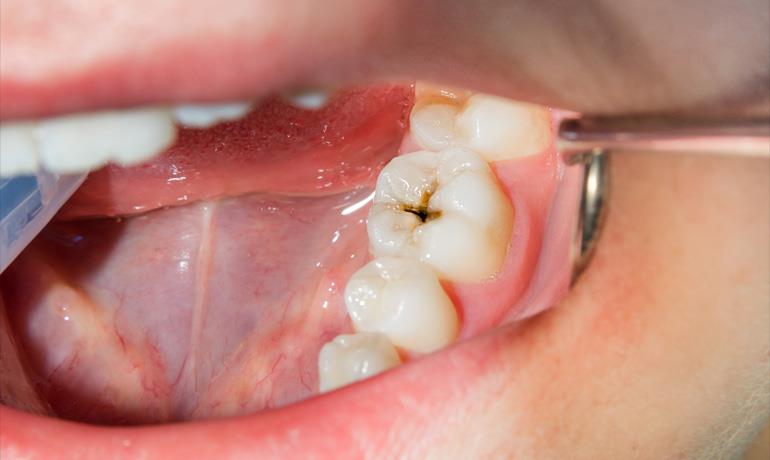Decay under filling

When the tooth decays, the dentist must remove the decayed and dead parts of the tooth to prevent the decay from progressing and reaching the root of the tooth. When the inside of the tooth is empty, the internal cavities must be filled with a substance.
Most people have at least one tooth filled. If you have noticed, the materials used to repair the teeth are white or mercury in color. What is the difference between these two colors? Which material is suitable for filling teeth? Such questions have arisen for many patients.
Rotten teeth
How does the tooth decay? When a person does not brush his teeth after every meal and does not use dental floss, the food between the teeth is not destroyed and remains there for a long time. With the passage of time and the increase of food between the teeth, dental plaques are formed, dental plaques cause decay by spreading strong bacteria. Plaques grow between the teeth as well as along the gum line. Disseminated bacteria enter the tooth tissue by penetrating the tooth crown and enamel.
As time passes, and the tooth decay is not repaired, the development of bacteria increases and reaches the root of the tooth. It is at this time that the root of the tooth needs treatment and the so-called denervation is performed.
The acid produced by bacteria easily destroys the tooth crown and enamel. Although the material of the tooth is very strong, it will not have much resistance against this acid. This acid is combined with saliva and slowly penetrates the tooth.
Signs of decay
If tooth decay is minor, it usually has no symptoms. For this reason, its spread cannot be stopped. Dentists advise people to visit a dentist every six months to check the general condition of their teeth.
When the decay progresses, it is accompanied by pain. At this time, you should go to the dentist because maybe the decay has progressed and reached the root.
Also, sometimes decay causes white spots or any other color on the surface of the teeth. If you face this symptom, it is better to see a dentist as soon as possible.
Tooth decay cannot be cured and a decayed tooth must be repaired. By restoring the tooth, you can only prevent the progress of caries. So what is better to prevent decay in advance by observing hygiene.
filling teeth
In order to detect caries, first of all, a radiological picture must be taken of all the teeth. In this photo, the dentist can easily identify decayed teeth and their decay rate. Even if the decay causes gingivitis, it will be clear in the picture.
After the diagnosis, the dentist removes the decayed parts of the tooth with a special dental tool. So that a cavity is created in the tooth. This hole can be big or small depending on the level of decay. Of course, the dentist"s skill in removing decayed tissue is very important.
Special materials are needed to fill teeth. From the past to the present day, various materials have been used to fill teeth. In ancient times, dentists used bronze metal to restore teeth. With the passage of time and various tests, a new material called amalgam was chosen to fill the teeth.
What kind of material is amalgam?
Amalgam is an alloy of two main metals mercury and silver along with tin and copper. Amalgam consists of two parts, a powder and a liquid. The liquid part is mercury and the powder part includes silver, copper and tin metals.
The dentist first empties the tooth and washes the inside. Then the liquid and powder parts of the amalgam are combined and a paste-like substance is obtained. This material hardens after 2-3 minutes, that"s why the dentist must quickly insert it into the cavity and make it into the shape of a tooth.
Amalgam hardens into tooth material after drying. This material is not suitable for filling front teeth because it is not tooth-colored. But due to its high strength, it is very suitable for the restoration of molar teeth.
Although amalgam is made of mercury, it is not toxic at all. The mercury used in amalgam is free mercury that does not have toxic fumes.
Avoid eating food for two hours after tooth restoration with amalgam. Also, use watery and lukewarm food for up to 24 hours. Amalgam will last more than 10 years if hard foods are not eaten with the teeth. Remember that the restored tooth is still subject to decay, so hygiene should be followed.